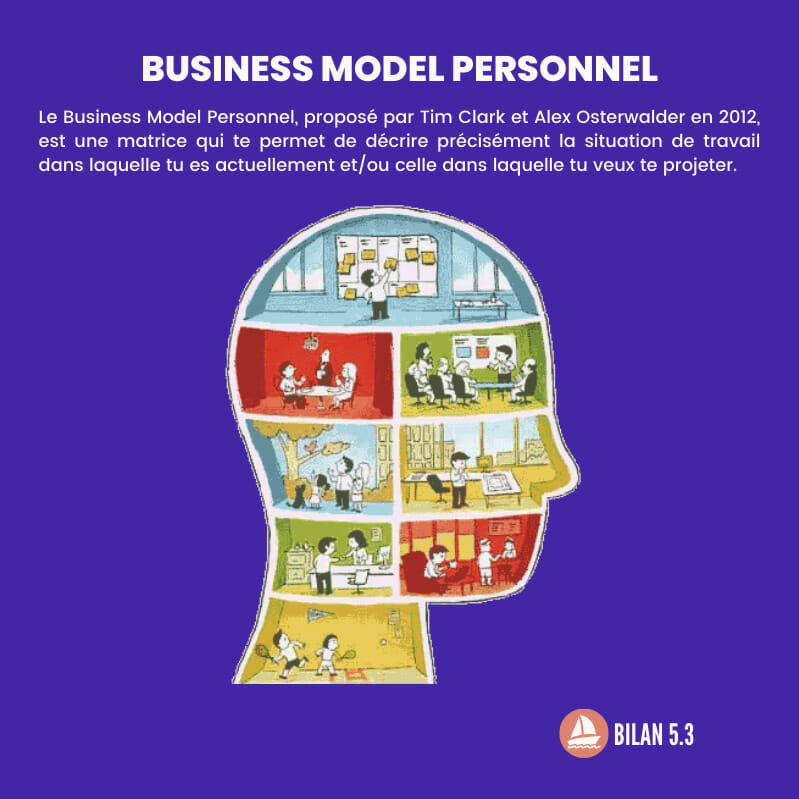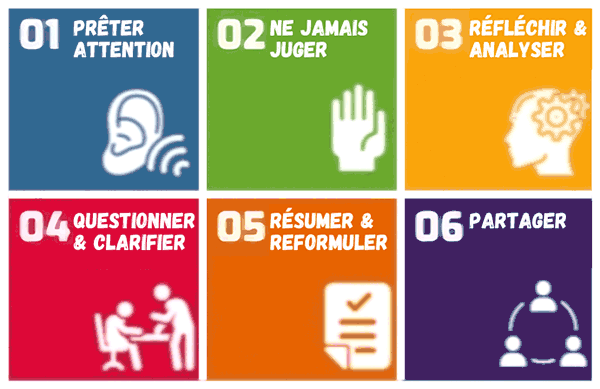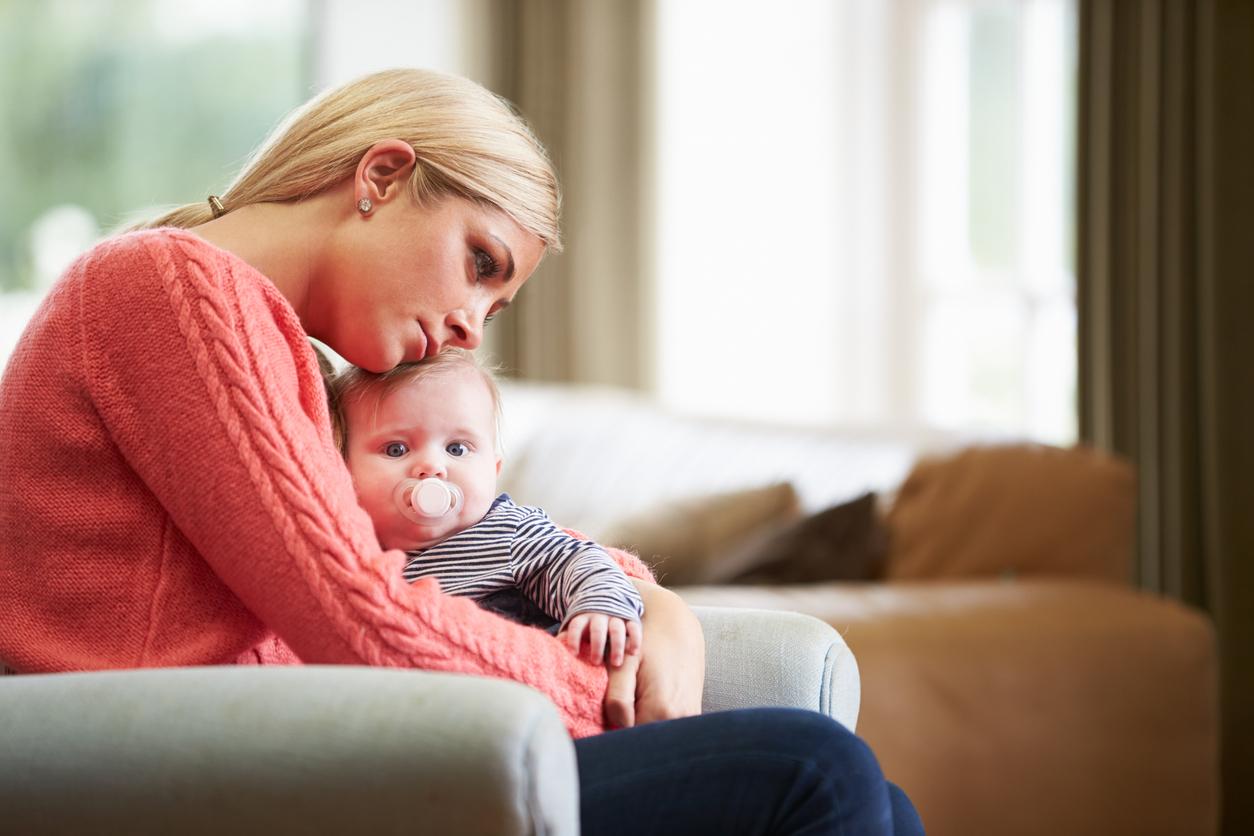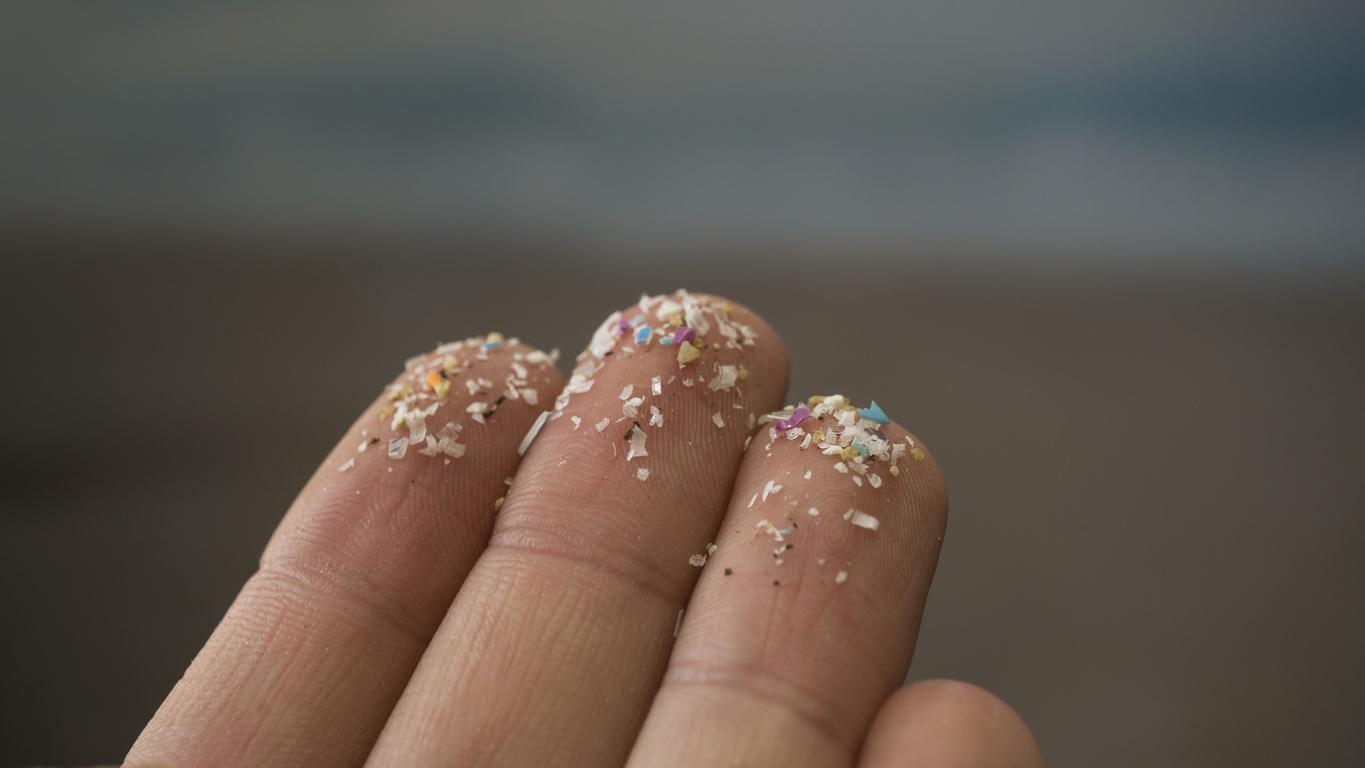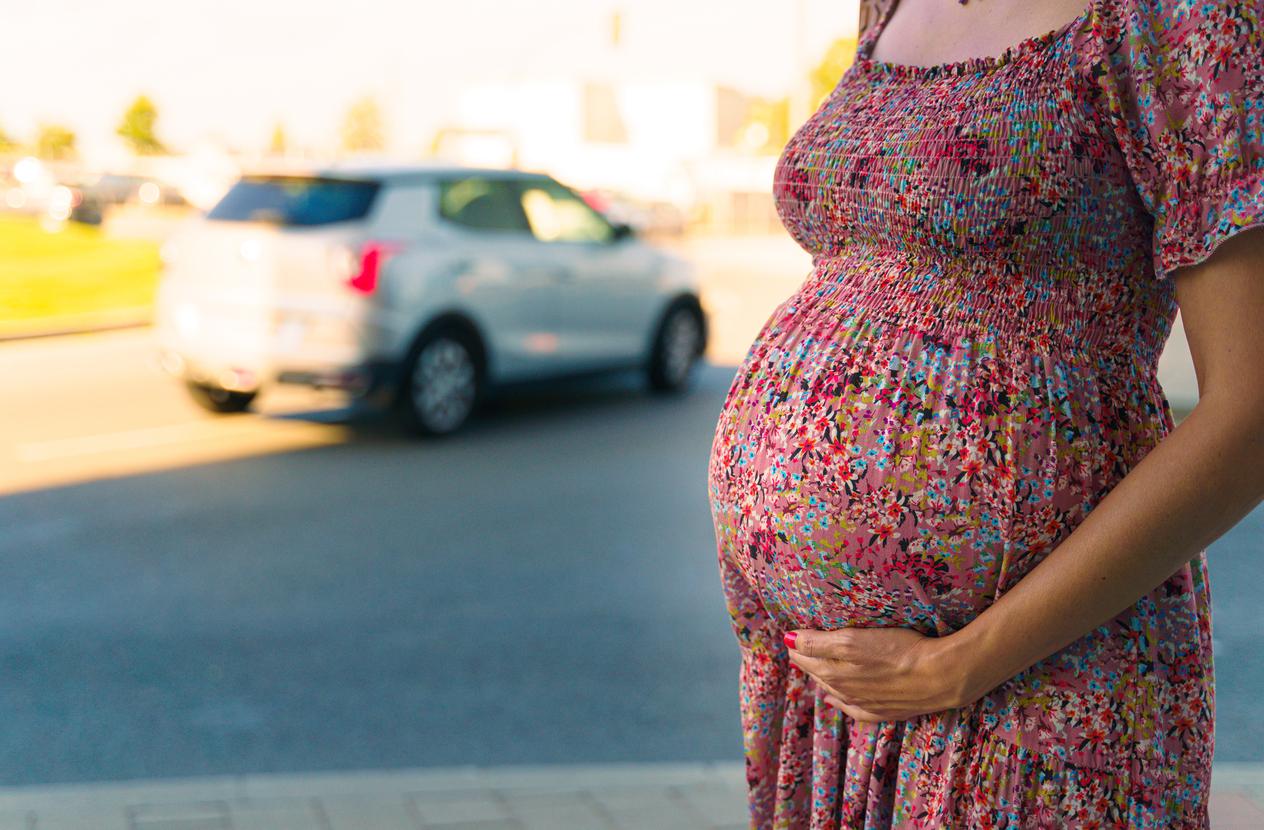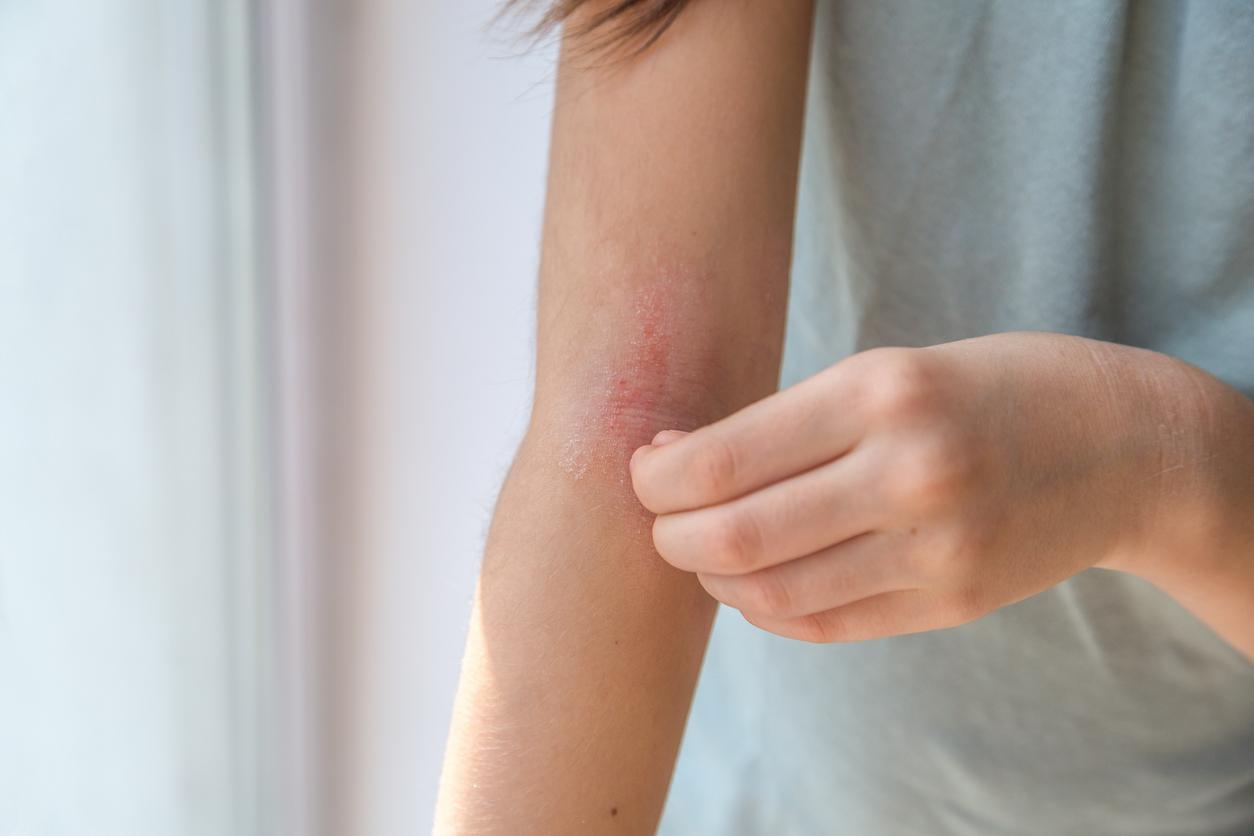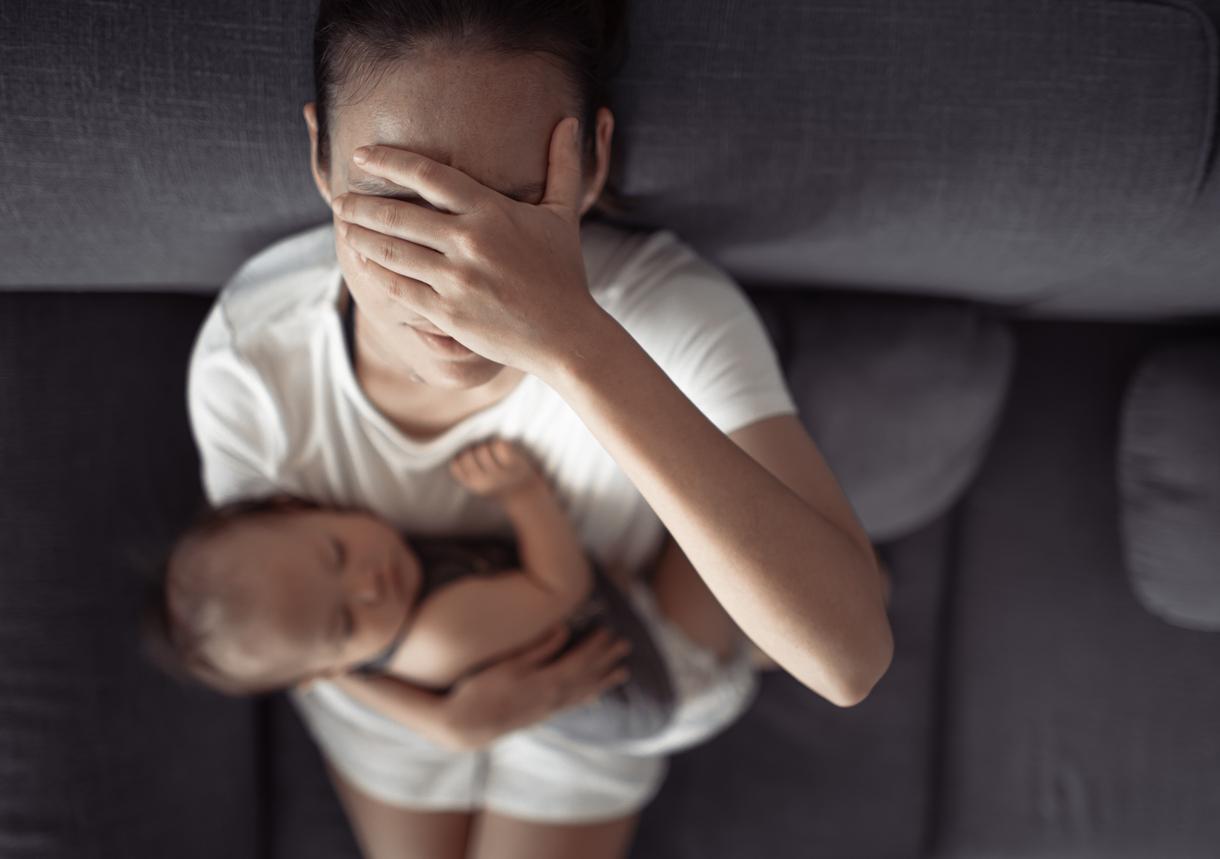Women exposed to high levels of certain air pollutants are almost four times more likely than other mothers to develop postpartum depression for at least three years after giving birth.
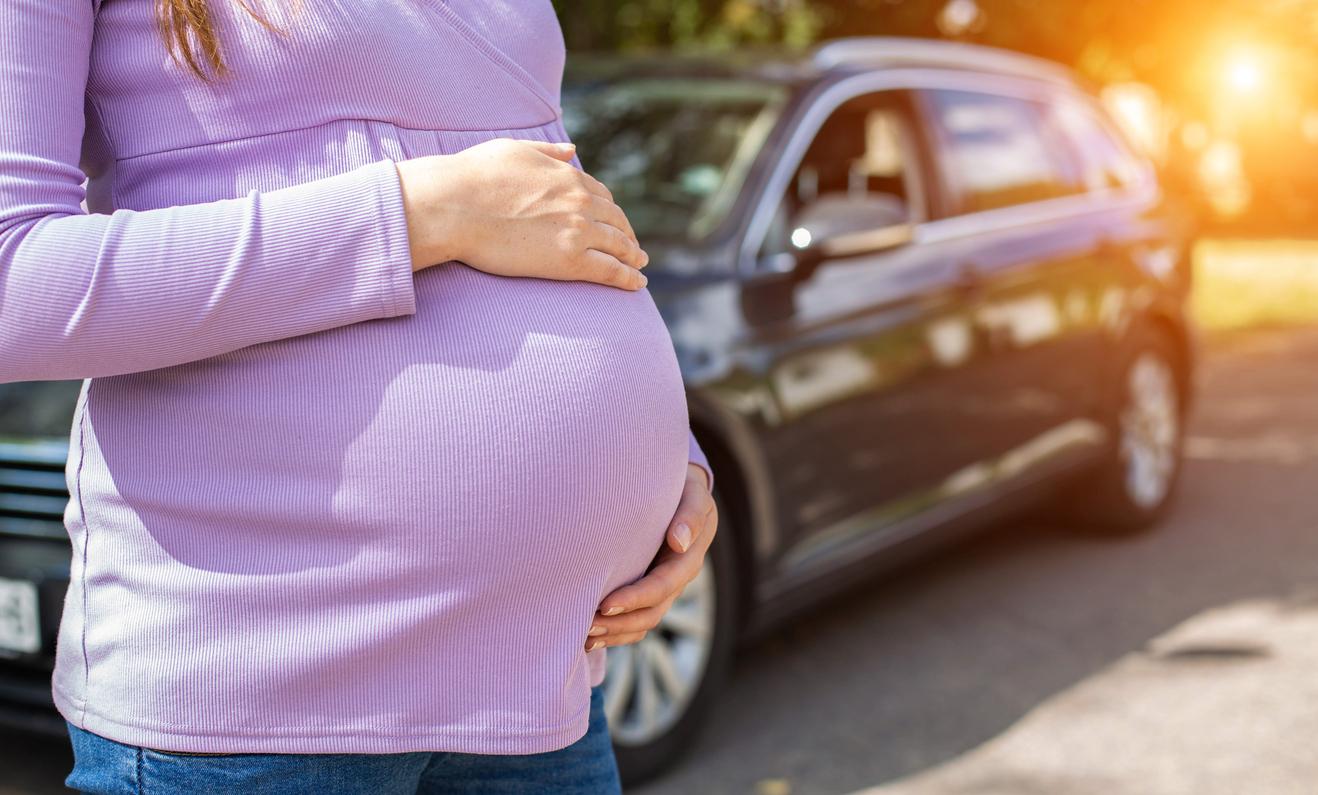
- Researchers found that women exposed to higher levels of NO2 between weeks 13 and 29 of their pregnancy had a 3.86 times higher risk of suffering postpartum depression for up to 3 years. This rose to a 3.88 times higher risk for those exposed to PM10 between weeks 12 and 28.
- The authors therefore advise pregnant women to avoid exercising outdoors during periods of high pollution, particularly during morning and evening rush hours or during wildfires, and to stay indoors as much as possible on hot summer days (ideally with air conditioning).
- The study’s lead author also advocates for continued screening of women’s mental health beyond the first year after giving birth.
10 to 20% of mothers are affected by postpartum depression in the weeks following childbirth, according to data from the Health Insurance. Several risk factors are known, such as psychiatric history, traumatic births, marital conflicts or even pathological pregnancies. In addition to these few examples, the mother-to-be may be exposed to certain atmospheric pollutants during the second trimester of pregnancy, say researchers from the Keck School of Medicine at the University of Southern California in the United States. Their study has just been published in the journal Science of the Total Environment.
Postpartum depression: PM10 and NO2 pollutants highlighted
The scientists conducted a longitudinal study of 361 mothers living in Southern California, following them from the beginning of their pregnancy until three years after giving birth. They collected information about their depressive symptoms during that time and compared it to weekly measurements of air pollution taken near their homes.What is truly novel about this work is that we were able to extend the examination of depression beyond the first year postpartum, and showed the sustained effect of air pollution during pregnancy on depressive symptoms up to three years after delivery.”, said Dr. Tracy Bastainassociate professor of clinical population and public health sciences at the Keck School of Medicine of USC and senior author of the study.
Indeed, the researchers found that women exposed to higher levels of NO2 between weeks 13 and 29 of their pregnancy had a 3.86 times greater risk of suffering postpartum depression for up to 3 years. Those exposed to higher levels of PM10 between weeks 12 and 28 had a 3.88 times greater risk. Overall, 17.8% of women had depressive symptoms one year after giving birth, 17.5% after two years, and 13.4% after three years. In contrast, no association was found for PM2.5 pollutants and ozone.
Reducing exposure to air pollution for expectant mothers…
The results of this study suggest that reducing the mother-to-be’s exposure during the second trimester of pregnancy could help reduce the risk of postpartum depression… But how? PM10, which are particles smaller than 10 micrometers in diameter, can include everything from dust and pollen to pollutants from factories and wildfires. NO2 particles, meanwhile, come from the burning of fossil fuels in vehicles and power plants. The authors therefore advise pregnant women to avoid exercising outdoors during periods of high pollution, such as during morning and evening rush hours or during wildfires, and to stay indoors as much as possible on hot summer days (ideally with air conditioning).
Note that in France, postpartum depression affects more women living in the regions of Centre Val-de-Loire, Île-de-France and Provence-Alpes-Côtes d’Azur, according to a study by Public Health France published in September 2023.
…and detect postpartum depression for longer
“Another important implication of our work is that depression may persist well beyond the first 12 months postpartum.“, said Dr. Bastain, who insists on the establishment of continuous mental health screening beyond the first year following childbirth.
France is also lagging behind in this regard! If since September 2022, a “systematic screening interview” has been introduced around the fifth week following childbirth, with a second interview for “women at risk” around the twelfth week, there is no longer any follow-up for those who do not show signs of depression during this period.



